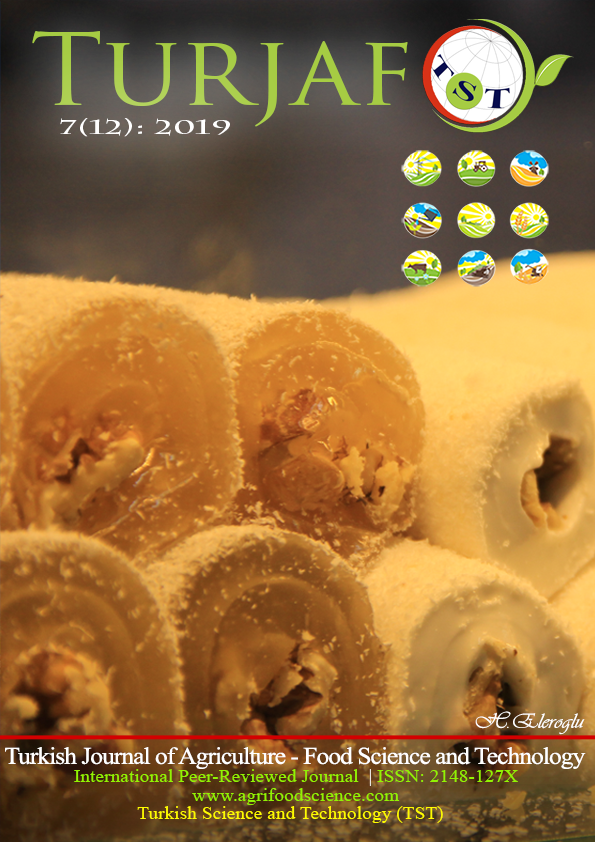Milk Production and Composition in Camel and Its Beneficial Uses: A Review
DOI:
https://doi.org/10.24925/turjaf.v7i12.2142-2147.2905Keywords:
Camel, Milk, Insulin, composition of milk, populationAbstract
Globally, 16.9% of milk used by humans is taken from different species other than a cow. These species are sheep, horse, yak, ass, goat, camel and buffalo. The global camel (Camelus dromedarius) population is about 34 million head with sharing of almost 0.4% of world‘s non-cattle milk. Within the last 20 years, the curiosity of camel farming is amassed remarkably in different countries of the world including the Netherland, Italy and USA for camel milk production. The camel is considered as a goal animal of the 21st century because it produces high quality milk under extreme temperature, deficiency of pasture and dearth of water. The average milk production of camel fluctuates from 4 to 30 lt with lactation length ranges from 9 to18 months having peak yield in second to the third month of lactation. Camel‘s milk is used globally because of its salty taste, high vitamin C concentration and its medicinal properties. Nevertheless, it gives many valuable benefits such as treatment of autism, control diabetes and allergy, prevention from liver cirrhosis and replacer of cow milk to avoid an infant‘s allergic reaction. The camel milk is a natural treatment of diabetes as it has a substantial result in a decrease of mean blood glucose and conserves necessary insulin doses. Camel milk constitutes of protein (2.5-4.5%), fat (2.9-5.5%), solid not fat (8.9 -14.3%), ash (0.35-0.95%), lactose (2.9-5.8%) and water (86.3-88.5%) as mean specific gravity is 1.03. Due to its distinct properties, the consumption of camel milk is increasing day by day and a number of industries are working to promote camel milk production and processing. Therefore, the tenacity of this review article is to explicate the beneficial uses and production of camel milk over the globe.Downloads
Published
15.12.2019
How to Cite
Ali, W., Akyol, E., Ceyhan, A., Dilawar, S., Firdous, A., Qasim, M. Z. ul, & Ahmad, M. M. (2019). Milk Production and Composition in Camel and Its Beneficial Uses: A Review. Turkish Journal of Agriculture - Food Science and Technology, 7(12), 2142–2147. https://doi.org/10.24925/turjaf.v7i12.2142-2147.2905
Issue
Section
Review Articles
License
This work is licensed under a Creative Commons Attribution-NonCommercial 4.0 International License.

























